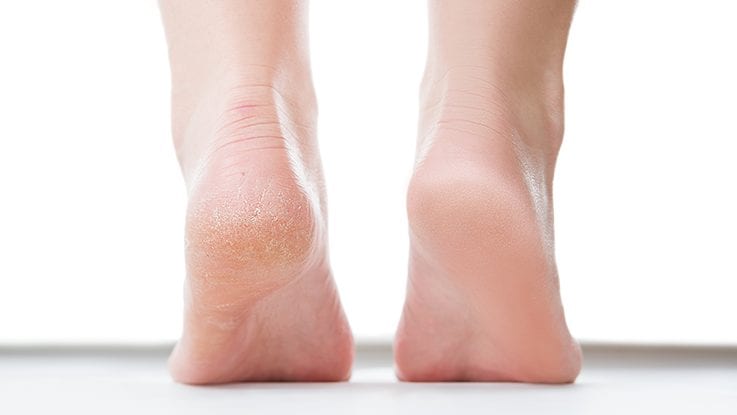Corns and calluses are common foot problems. Some people develop them to a greater extent than others, but everyone has the potential to get Corns and Callous and toenail issues at any age. They’re caused by an imbalance in pressure between your feet and the shoes you wear. This causes a build-up of hardened skin on the bottom of your feet under a process known as “friction”. Corns and calluses are very painful when they first develop, but they can be treated with a few simple steps.
Soak your feet.
Keeping your feet soaked in warm water can help soften the skin and reduce pain. Try soaking your feet in warm water for 10 to 15 minutes at least once daily. Use a pumice stone or a rasping file to remove the calluses on the bottom of your feet after soaking them.
Wear moisture-wicking socks.
Moisture-wicking socks are a great way to prevent blisters, Corns and Callous and toenail issues. They move moisture away from the skin and are often made with anti-microbial fabrics that draw it in. This can help keep your feet dry and cool during exercise by reducing the moisture on your feet’s surface.
Choose the right shoes.
Wear shoes that fit correctly. First, get your feet measured at the shoe store when you buy new shoes. Then, choose shoes that are made of soft leather. Soft leather is more comfortable, pliable and breathable. The primary technique for preventing callous and corn is to wear shoes with proper arch support. Arch support refers to how the shoe itself supports the feet, which in turn helps reduce stress and pressure on problem areas like corns or calluses. The best way to provide arch support is by using a shoe with a good heel counter (the back of your heel) and orthotic (a special insole custom-made for each foot).
Wear protective pads.
Corn pads are used to prevent corn and callous, as well as to relieve pain. They have little rubber nubs that help remove dead skin and reduce friction in the affected area, which can irritate. Corn pads benefit people with larger corn and callouses on their feet.
Don’t wear high heels every day.
A prevalent cause of corns and calluses in females is the routine use of high heels. High-heeled shoes force the foot into an unnatural position, which can cause swelling and pain in your toes. The discomfort can even lead to corns and calluses. If you’ve ever worn high heels for an extended period, you know they’re not exactly good for your back either!
Avoid walking barefoot.
You can prevent corns and calluses by avoiding walking barefoot on hard floor surfaces, such as tile or concrete. The pressure of your weight against a hard surface can cause calluses to form.
Take proper care of your feet.
Like many other body parts, your feet also need pampering and adequate care to keep up with you in the long term. Maintenance is crucial, but so is noticing the pain points and eliminating them as soon as possible to prevent any injury in the first place. Your feet are one of the most ignored body parts, but it carries the weight of your entire body. They certainly deserve some more attention.
Conclusion
There are plenty of ways to avoid getting corn and calluses, but you need to be proactive. If you notice any signs of corn or callus formation, see your doctor right away. These conditions can lead to other foot problems that could keep you from generally walking for years, Left untreated.


